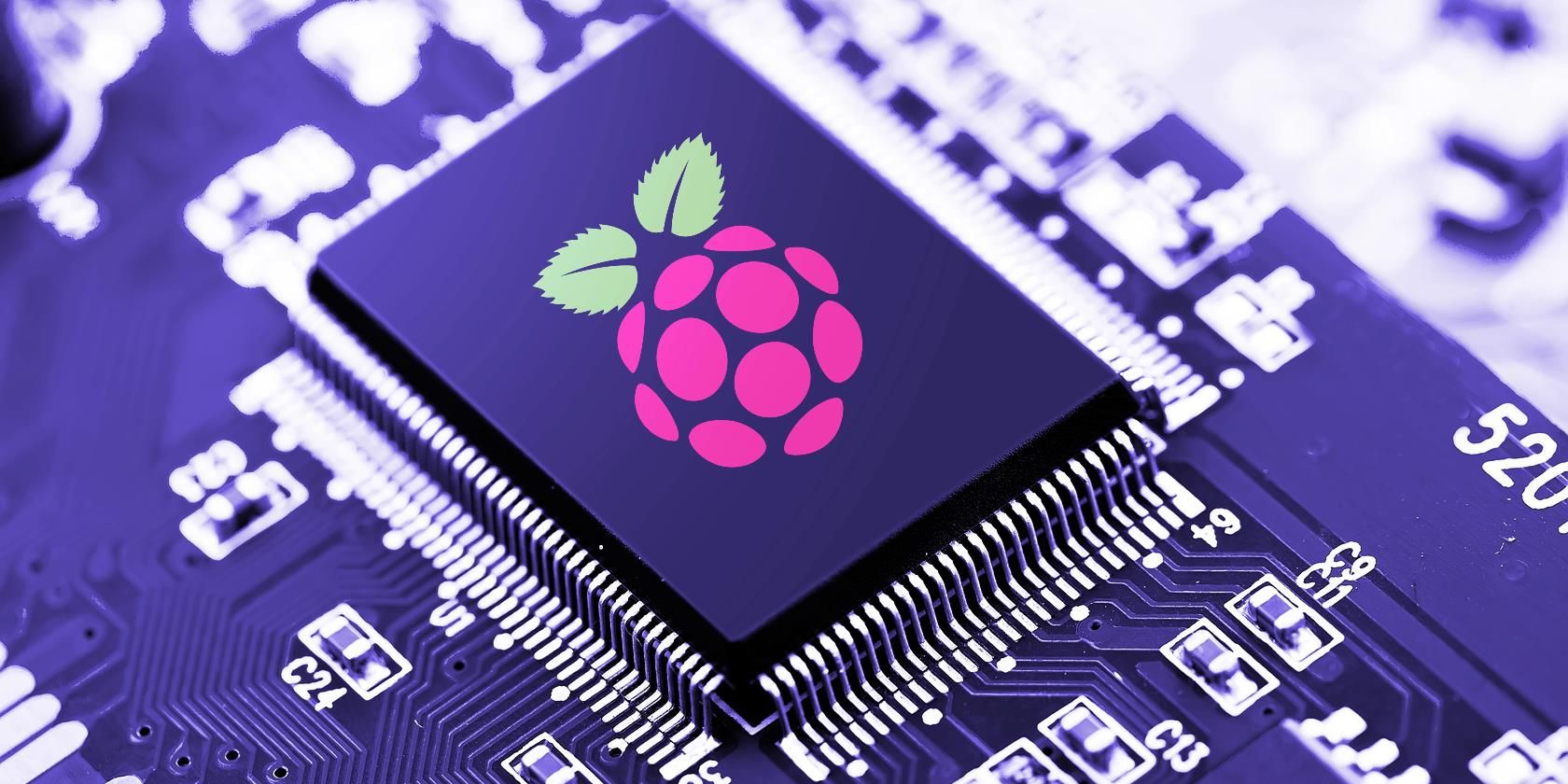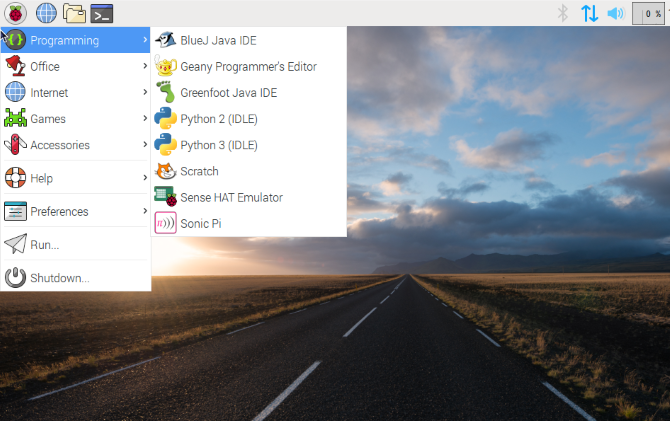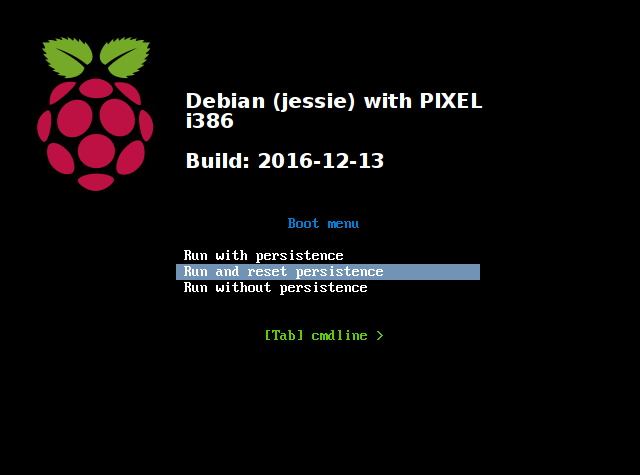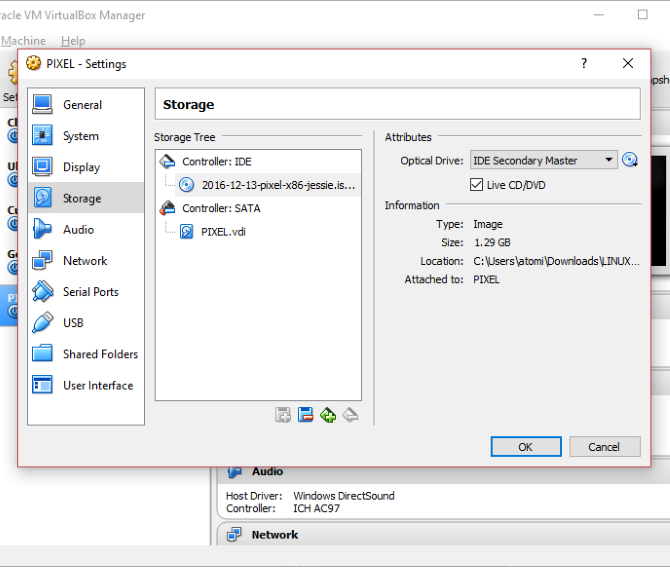You might have heard about PIXEL, the new Raspberry Pi desktop environment, that comes as part of the Raspbian Jessie operating system. Basically it offers a slick, new user interface to the low-spec hobbyist mini-computer, and the results are stunning.
Given the spec of the Raspberry Pi (we're talking ARM processors without much RAM and no hard disk drive) it would be rather great if this OS could be ported to Intel and AMD 32-bit and 64-bit processors, to pump some new life into older PCs, wouldn't it?
Well, as fortune would have it, this is exactly what has happened. The Raspberry Pi team has released a version of PIXEL for x86 and x64 computers, which means that there is a good chance that your old, low spec PC or laptop could be persuaded to run, and run well.
Clean and Modern
The Raspberry Pi Foundation was formed with a vision that "everyone should be able to afford their own programmable general-purpose computer." The provision of this operating system for free beyond the confines of the $35 Raspberry Pi computer, proves just how much faith the developers have in it.
Delivering a clean and modern -- not to mention quick -- user experience, PIXEL isn't just a great way to revive some old hardware: it's pleasing, too.
PIXEL has various benefits beyond a usable user interface too. If you're already using a Raspberry Pi (for projects at home, school, or your local maker space) then time wasted tweaking things, perhaps running a virtualized environment at home and so on, is eliminated. The learning curve has gone, and you have a continuation of your project between the two devices. You can load up your scripts with the same software, as PIXEL for x32/x64 devices features all of the same utilities and programming tools as the Raspberry Pi version (with the exception of Minecraft and Wolfram Mathematica.)
What Old PCs Will PIXEL Run On?
It isn't just any old PCs that PIXEL will run on. At the same time, it probably isn't all. Your mileage may vary, but in short, if your computer will run Debian, then it should run PIXEL.
That doesn't just mean standard PCs and laptops -- if you have a netbook, for instance, you should gain considerable mileage from running a low-footprint operating system and its desktop environment. We recently looked at how five lightweight Linux distros could be installed on an old netbook, and PIXEL offers the same advantages.
But it doesn't end there.
Because Apple Mac computers have been running on Intel-based hardware for the past 10 years or so, they too can run PIXEL. Old Mac struggling under the weight of the latest macOS update? Reluctant to buy a replacement? Then try PIXEL!
Download PIXEL
To get PIXEL, you have two choices:
- Download the image from the Raspberry Pi website.
- Buy a copy of the latest MagPi magazine (issue 53), the Raspberry Pi magazine produced by the Raspberry Pi Foundation. This includes a cover-mounted Live DVD with PIXEL ready to run.
In most cases, you'll choose option one, and once the ISO file is downloaded, you'll need to flash it to a USB stick (these steps will help) or write to a DVD-ROM.
Note that PIXEL isn't yet available to install. Instead, it is a live disc image. You should note, too, that it is extremely wise to make a backup of your current Windows, Linux, or macOS data in case of issues running PIXEL. After all, it's not the finished product just yet. Running in a virtual machine will be safe, however.
When running from USB, you'll be able to decide whether you wish to run in persistent (enabling continuity of your PIXEL experience between boots) or non-persistent mode. The latter is the default for running from physical discs.
No Installation: PIXEL on PC or Mac
Once you're ready, reboot your PC and insert the DVD or USB flash drive. If everything has worked out, you'll find that the PIXEL loader boots, and a few minutes later, the live image will run.
Done all of this? Good, now run an update:
sudo apt-get update
sudo apt-get dist-upgrade
This will ensure that any bugs are fixed, as this is an OS in early release.
You might also want to try PIXEL on your PC in a virtual machine. Our various guides to using virtual machines cover what you need to use here. Start by installing Oracle VirtualBox, create a virtual machine, then run PIXEL as a guest OS. Again, no installation is currently necessary.
PIXEL certainly joins our list of Linux operating systems you should try in a VM!
Of Course It's Great. It's Linux!
I first tried the Raspberry Pi back in 2012, when I received a Raspberry Pi 1 Model B as a gift. It was fun to use (and remains so) but the Debian-derived Raspbian operating system left a lot to be desired. Improvements over the years have helped improve this, but until PIXEL came along it seemed unlikely that the Pi would ever feel as polished as some other Linux distros. All that has changed now, and PIXEL is heading out into the world!
While the lack of an installer is clearly a shortcoming, it is likely that a full installable version of PIXEL will arrive in the foreseeable future.
If you've tried PIXEL on your old hardware, you're probably already aware of how much of a difference it makes. If you're running the OS from some fast flash-based media, you might be surprised to learn you're even using the same PC! We've been pleasantly surprised, and think you will be too. So go ahead and try it!
Let us know how it goes, and tell us what you think, in the comments below.
Image Credit: Karynav via Shutterstock.com




